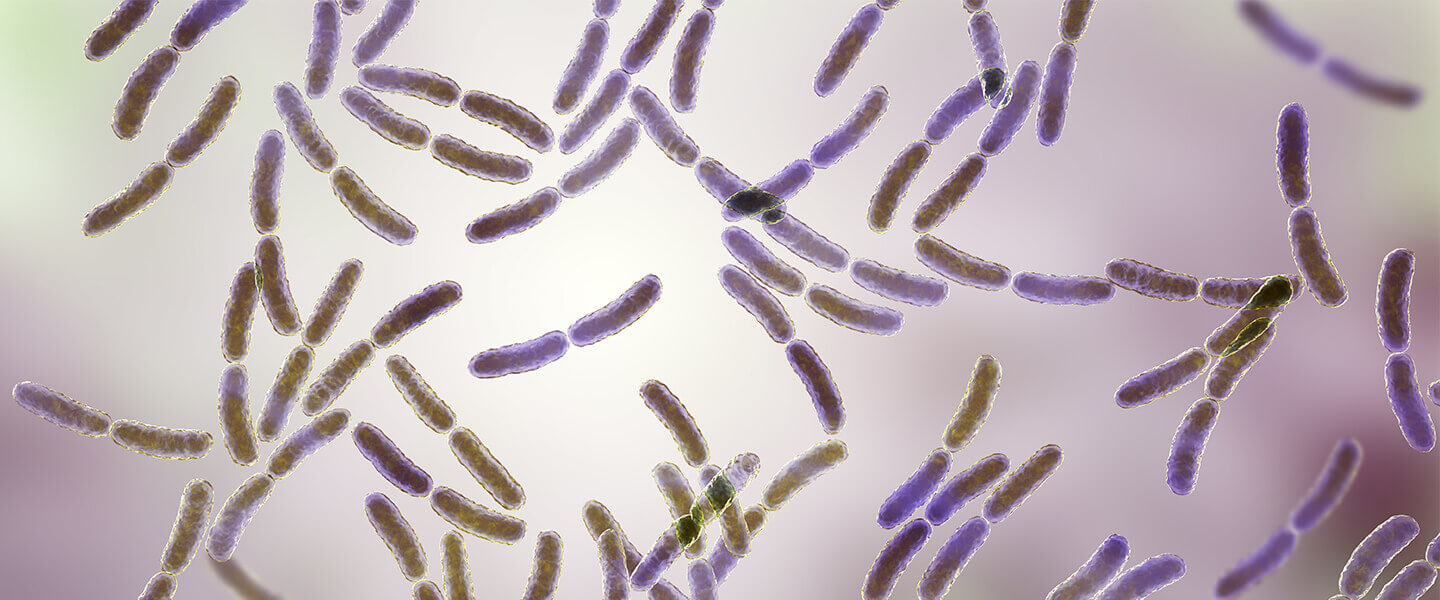In Mice, and Perhaps People, Gut Organisms Impact the Ability to Extinguish Fear
In Mice, and Perhaps People, Gut Organisms Impact the Ability to Extinguish Fear

Research in recent years has suggested linkages between the microbial content of the human gut and brain and behavior disorders. But results have widely been viewed as preliminary. Now, a team of researchers from Weill Cornell Medicine-Cornell University, reports new research pointing to specific mechanisms that may be involved in one important gut-behavior relationship.
Conor Liston, M.D., Ph.D., a BBRF 2013 Young Investigator; Francis S. Lee, M.D., Ph.D., a three-time BBRF grantee and Scientific Council member; and David Artis, Ph.D., co-led an investigation that probed the relationship between changes in the content of the microbiome (the viruses, bacteria, fungi and parasites that inhabit the gut) and the ability of the brain to cope successfully with potentially threatening stimuli. They performed their study in mice.
Both humans and mice respond to fear in ways that are deeply etched in survival mechanisms that have evolved over millions of years. Feeling afraid is part of a response that helps us to survive; we learn to respond appropriately, based on our assessment of the danger we face. Importantly, part of this response involves extinguishing fear and modifying our behavior accordingly, once we have learned that a potential threat poses little or no imminent danger. The inability to adapt to fears or lay them aside are involved in disorders such as PTSD and anxiety.
The researchers from Weill Cornell demonstrated that changes in the microbiome can result in an impaired ability to extinguish fear. This was true of two groups of mice: one group had been treated with antibiotics; the other group was raised entirely free of germs. The ability of both groups of mice to extinguish fear was compared with that of control mice whose microbiome was not altered. The difference suggested that signals from the microbiome were necessary for optimal extinction of conditioned fear responses.
Further experiments indicated that deficits in fear-extinction learning correlated with malfunctions in the brain’s medial prefrontal cortex, especially in excitatory neurons. High-resolution imaging in live animals showed changes in tiny structures in these neurons that enable them to forge connections—something that must occur when the brain learns, including when it learns to extinguish a fear relating to a particular threat.
The researchers propose that bacteria and viruses in the gut may affect the central nervous system through their production and circulation of metabolites—molecular byproducts of their activity. In the reported experiments, four metabolites were found in unusually low amounts in germ-free mice. These metabolites had been linked previously to behavioral disorders in humans and mouse models. Future studies will try to specify metabolites that directly influence excitatory neurons in the medial prefrontal cortex, whose activity is important in fear extinction learning.
An intriguing part of the experiments, which were reported in the journal Nature, were efforts to “rescue” normal fear extinction in mice that had been impaired due to microbiome changes. In germ-free mice, a full complement of microbiome constituents from healthy mice were introduced at various points in mouse development.
This micrbiome “recolonization” succeeded in restoring extinction learning, but only when the transfer was made during a critical developmental period after birth but before weaning. In other cases, the team reported, if gut microbes were depleted in the neonatal period, the result was deficits in fear extinction once the animals reached adulthood.
These results led the team to stress the need in future research to better define the co-evolved relationship between the microbiome, the nervous system, and behavior.
Dequiang Jing, M.D., Ph.D., a 2012 BBRF Young Investigator was also on the team; the first author of the paper was Coco Chu, Ph.D.




